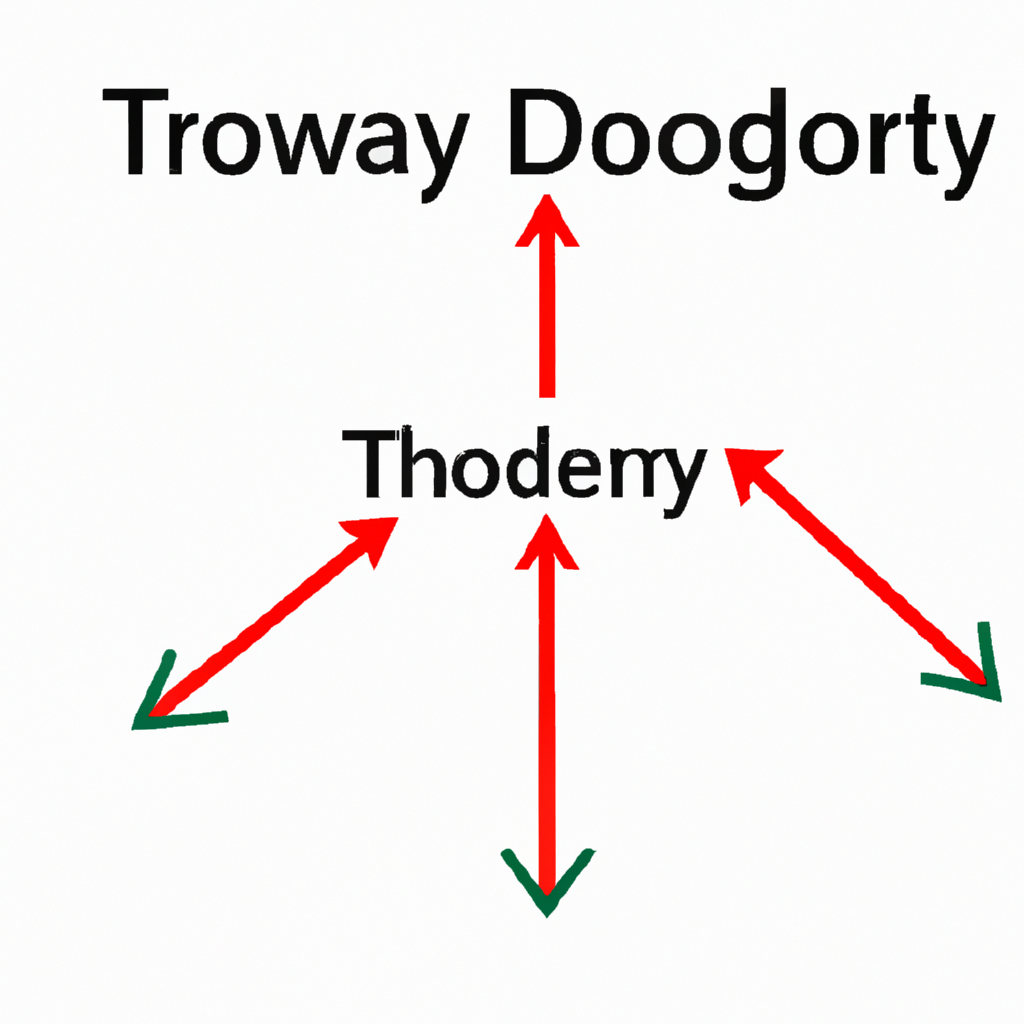
Understanding the Dow Theory for Market Forecasting
The Dow Theory in Market Forecasting
The Dow Theory is a fundamental concept in technical analysis that is used to forecast market trends and determine potential price movements in the stock market. Developed by Charles Dow, the founder of the Wall Street Journal, this theory is based on the analysis of the Dow Jones Industrial Average and the Dow Jones Transportation Average. By analyzing the movements of these two averages, traders and investors can gain insights into the overall direction of the market.
Key Principles of the Dow Theory
- Market Discounts Everything: According to the Dow Theory, all information, news, and events that could potentially affect stock prices are already reflected in the market. Therefore, the price of a stock is considered to be an accurate reflection of its true value.
- Market Trends: The Dow Theory identifies three main trends in the market – the primary trend, the secondary trend, and the minor trend. The primary trend is the long-term direction of the market, while the secondary trend is a correction within the primary trend. The minor trend consists of short-term fluctuations in stock prices.
- Confirmation: The Dow Theory emphasizes the importance of confirmation in analyzing market trends. For a trend to be considered valid, both the Dow Jones Industrial Average and the Dow Jones Transportation Average must move in the same direction. If one average is making new highs or lows, the other average should follow suit.
Using the Dow Theory for Market Forecasting
Traders and investors can use the Dow Theory to forecast market trends and make informed decisions about buying or selling stocks. By analyzing the movements of the Dow Jones Industrial Average and the Dow Jones Transportation Average, they can identify potential opportunities for profit.
- Identify the Primary Trend: The first step in using the Dow Theory for market forecasting is to identify the primary trend. Traders can do this by analyzing the long-term movements of the Dow Jones Industrial Average and the Dow Jones Transportation Average. If both averages are making higher highs and higher lows, it indicates an uptrend. Conversely, if both averages are making lower highs and lower lows, it indicates a downtrend.
- Confirm the Trend: Once the primary trend has been identified, traders should look for confirmation in both averages. If one average is moving in the opposite direction of the other, it could signal a potential reversal in the market trend. Traders should wait for both averages to confirm the trend before making any trading decisions.
- Use the Theory to Make Trading Decisions: Traders can use the Dow Theory to make informed trading decisions based on the identified trend. For example, if both averages are in an uptrend, traders may consider buying stocks or holding onto existing positions. Conversely, if both averages are in a downtrend, traders may consider selling stocks or shorting the market.
Overall, the Dow Theory is a powerful tool that can help traders and investors forecast market trends and make profitable trading decisions. By understanding the key principles of the Dow Theory and using it to analyze the movements of the Dow Jones Industrial Average and the Dow Jones Transportation Average, traders can gain valuable insights into the direction of the market and take advantage of potential opportunities for profit.

